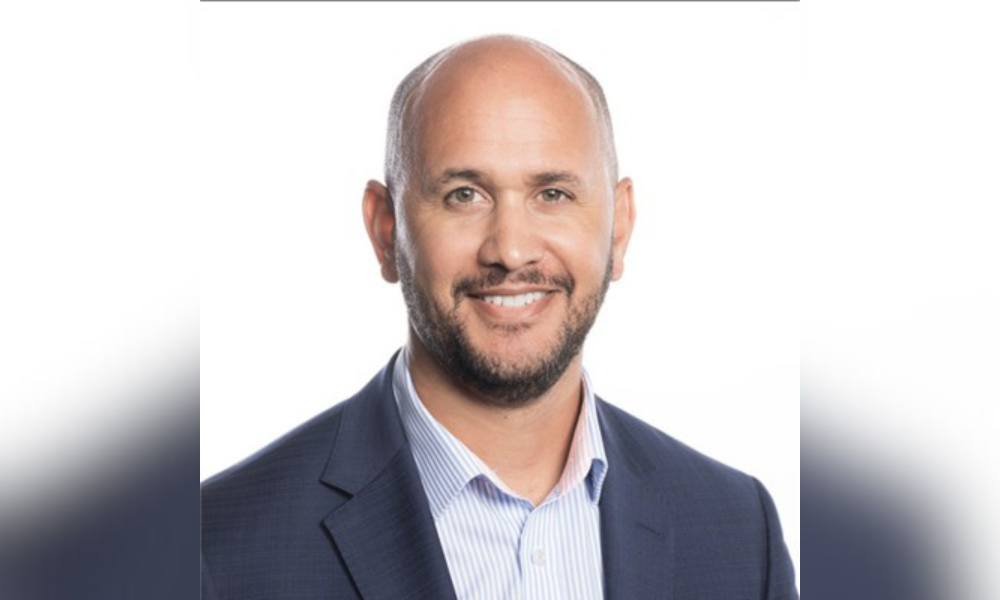Australia’s M&A insurance market enters a new phase

Australia’s M&A insurance market enters a new phase | Insurance Business Australia
Mergers & Acquisitions
Australia’s M&A insurance market enters a new phase
“There’s an increased appetite for ANZ deals,” says expert
Mergers & Acquisitions
By
Daniel Wood
The mergers and acquisitions (M&A) insurance market in Australia and New Zealand has entered a new phase. William Lewis (pictured above) said new insurers and agents have set up operations in Australia in 2022 following 2021’s boom year. However, Lewis, who is head of Asia-Pacific for Liberty Global Transaction Solutions (Liberty GTS), said few expected interest rates and inflation to rise like they did. After a quiet first quarter in 2023, Lewis suggested, on account of increased competition, uncertain times could lie ahead.
Brokers are key in M&A markets. So what’s going on in the ANZ M&A insurance landscape and what is H2 2023 likely to bring?
“Year to date submissions for ANZ are down approximately 30% as well,” said Lewis. “It is not yet clear to us whether deal volumes will pick up in H2 in order to make up for the first half shortfall.”
The UK panellists expressed optimism that deals would pick up in H2. Lewis shared some of that optimism.
“As we reach the top of the interest rate cycle and inflation begins to fall we’d expect to see confidence return to the market and the deal volumes increase,” he said.
Also, like global counterparts, Lewis has seen private equity driving a higher proportion of deals due to the cost of debt.
“Yes, this is the same here in ANZ, we are also seeing more secondary deals with the same private equity house on selling the target to another related fund,” he said.
However, a possible difference between the current M&A scene in ANZ and the UK, for example, suggested Lewis, could be the arrival of an unusually significant influx of new competitors.
“A lot of people in the industry knew that it was a huge year in 2021 and most people didn’t expect to see high inflation and interest rates rise so quickly and dampen demand,” he said. “As a result, a number of MGAs or agents set up and came online.”
The “boom period” is over so what happens now?
This “boom period” is over, he said, and ANZ has experienced a comparatively quiet 1Q in 2023.
“So now these people are up and running and that’s putting some downward pressure on rates and also expanding coverage,” said Lewis.
He said rates have fallen by about 36% and deal sizes have shrunk.
“Some brokers in ANZ now have at least 11 markets that will quote any particular deal as the UK-based markets are also quoting ANZ deals as Europe is quiet,” said Lewis.
He said the ongoing slow UK M&A market means, lately, agents and insurers that would usually be focused on that business are quoting in the ANZ space.
“They’ll do that until they get busy,” said Lewis.
Local M&A insurance market: “Unprecedented” three way competition
He said insurers, agents and UK-based firms are all in the mix.
“So you’ve got established insurers like us, then you’ve got the agents who have set up and then you’ve also got the UK-based insurers who have a renewed appetite for global deals including in Australia,” he said. “So there’s an increased appetite for ANZ deals.”
Lewis said Australia has never seen so many MGAs (also known as underwriting agencies) established locally or with appetite for local deals.
“So that’s unprecedented,” he said. “The number of MGAs who are established and have a stated appetite for ANZ deals – and Asian deals – hasn’t been this high.”
However, he said while it was common for the UK market to participate in ANZ, another novelty to emerge over the last year or so is new local insurers taking on M&A deals.
“We’ve also got additional insurers here, including Berkshire for instance – they have bolstered their team and also POP Fusion and Volante Group.”
The total number of new entrants may not be very high, but Lewis said it’s been enough to make a significant impact.
“It’s probably four or five if you look at the number of submissions,” he said. “So the market has gone from two or three players with a consistent appetite, to at least double that, so that’s quite a change in the market.”
MGAs “don’t really take a long-term view”
However, he said the modus operandi of the different competitors is quite different and suggested brokers should be mindful of this difference when they’re looking for somewhere to take their M&A business.
Lewis said his own company, Liberty Mutual, is a mutual company “that exists to pay policyholders, who are considered the shareholders, which is pretty unique.”
He said a lot of the old mutual firms have demutualised and become listed companies. Perhaps more importantly, Lewis suggested, is the business structure of Liberty Mutual in the context of M&A capabilities.
“We are a capitalized insurer with money in the bank here ready to pay claims in Australia, whereas an MGA doesn’t,” he said. “An MGA doesn’t have claims authority, they don’t have claims control and basically they charge a fee for underwriting on behalf of a capitalized insurer.”
He said, often, the capitalized insurer backing an MGA is offshore.
“An agent is motivated by the fee and they are held to account by the fact that they have to keep renewing their backers each year,” said Lewis. “So they can’t just write a whole pile of bad business because they would lose their backers – but their motivations are different.”
Another difference between an insurance firm and an MGA is the insurer’s dedicated claims team.
“We are an integrated global business with dedicated claims control and a dedicated claims person, whereas they {MGAs] will not have a claims person,” said Lewis. “So they don’t really take a long term view, in my experience.”
Lewis suggested that insurance coverages for an M&A deal are more secure with an insurer rather than through an MGA.
“From a client’s perspective, you have certainty of cover with us and you have certainty that we’re going to be around because we’re actually a capitalised insurer, as opposed to an agent that could collapse the structure,” he said. “Then you’ll be left dealing with the insurer who may actually be offshore and may not actually have a dedicated claims person who understands M&A or what they’ve been writing.”
Are you an insurance broker in the M&A market? How do you see your insurance options for customers? Please tell us below
Related Stories
Keep up with the latest news and events
Join our mailing list, it’s free!






